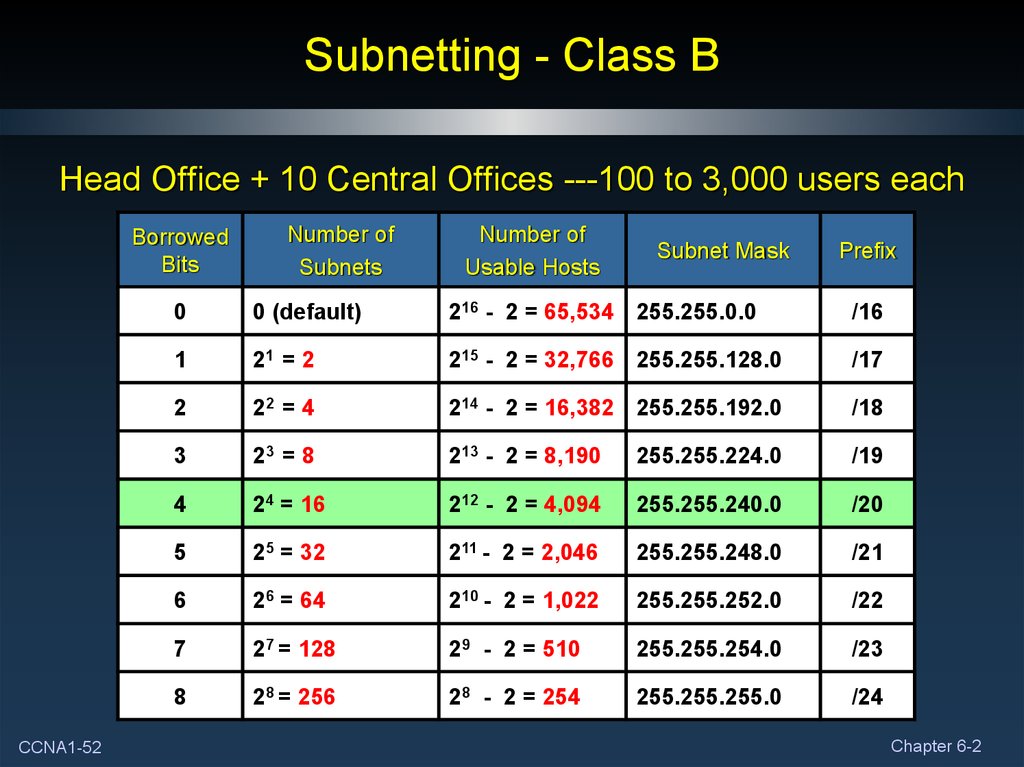

If the inverted mask contains a 1 then you always put a 1 in the Last IP column.Ġ1010100.00010010.11001111.11111111 84.18.207.255 (Last IP)Īdvertisement cookies are used to provide visitors with relevant ads and marketing campaigns. So, you compare the numbers in the first two rows (IP and Mask), but only if the third row contains a 0. In the above example the host part is made up of the nine ones at the end of the address. However, this time you skip the host part of the mask. Next, you can perform the same binary and trick as before. It works roughly the same but you need to perform a bit more base-2 magic. You can then translate the binary IP address to a human-readable one. If either or the fields have a 0 then you enter a 0 on the third row. If both the base-2 IP address and the mask have a 1 in a field then you add a 1 in the same field on the last row. That sounds complicated but it is quite easy. The third row calculates what the first IP address is by doing a binary and operation between the first two rows.

Below, the first row is the IP address 84.18.206.207 in base-2 and the second row is the mask. To calculate the first IP address in the range you can use another table.

So, in effect a /23 mask gives you 510 usable IPs. Remember, though, that not all 512 IPs can be assigned to nodes, as the first and last IP in the range are reserved. In other words, the calculation is like so: If you are lost here, 9 is an exponent that defines how many times the base number (2) needs be multiplied. So, 2 (32-23) translates to 2 9, or “2 to the power of 9”: We are using 32 because IPv4 addresses are 32-bit numbers, and we are subtracting the number of bits that are turned on (23). But how do you calculate the number of IPs? To do so, we need to brush up on our knowledge of exponents. In other words, the first seven bits in the third octet are turned on in a /23 network. You get to 254 by adding up the first seven columns. To see where the cut-off point is you can draw an exponent table: All bits in the first two octets are turned on (255) and the entire fourth octet are nodes (0). This is a class A IP address, but the mask is used to make the first 23 bits the network part.Īs a quick recap of the article about subnetting and CIDR, the interesting part in this example is the third octet. Calculating the number of IPsįor this article I will use our Strawberry server as an example. To follow along you need to have a good understanding of base-2 numbers. I will explain how you can find the number of IP addresses in a subnet and how you can find the first and last IP address in the range. Magic number or subnet width can be calculated by deducting the interesting octet from 256.In my article about subnetting and CIDR I looked at how you can identify what part of an IP address is part of the network. Number of valid hosts per subnet can be calculated by 2 n-2 where n is the number of host bits left. Formula for calculation of number of valid subnets is 2 n-2 where n is the number of borrowed bits. By subnetting we can divide this pool 200.10.25.1 to 200.10.25.254 into as many subnets as per the requirement of customers by assigning different subnet mask other than the default 255.255.255.0. For example- If we take a normal IP address pool 200.10.25.0/24 of class C, all the valid host IPs from 200.10.25.1 to 200.10.25.254 can be assigned to only one customer irrespective of the number of hosts required. In subnetting we borrow few bits of host part in to network part so that we can have many small subnets and few hosts in each subnet to preserve IP addresses.
#How to find subnet magic number full
With the advent of IP version 6, there will be no requirement to preserve the IP addresses by the means of subnetting but again it will take some years to get it into the market in full swing. Consequently the concept of subnetting will remain at highest important place. Although all IP addresses under IP version 4 is going to be fully utilized in near future days, it will take a considerable period to transition the running networks on IP version 6.


 0 kommentar(er)
0 kommentar(er)
